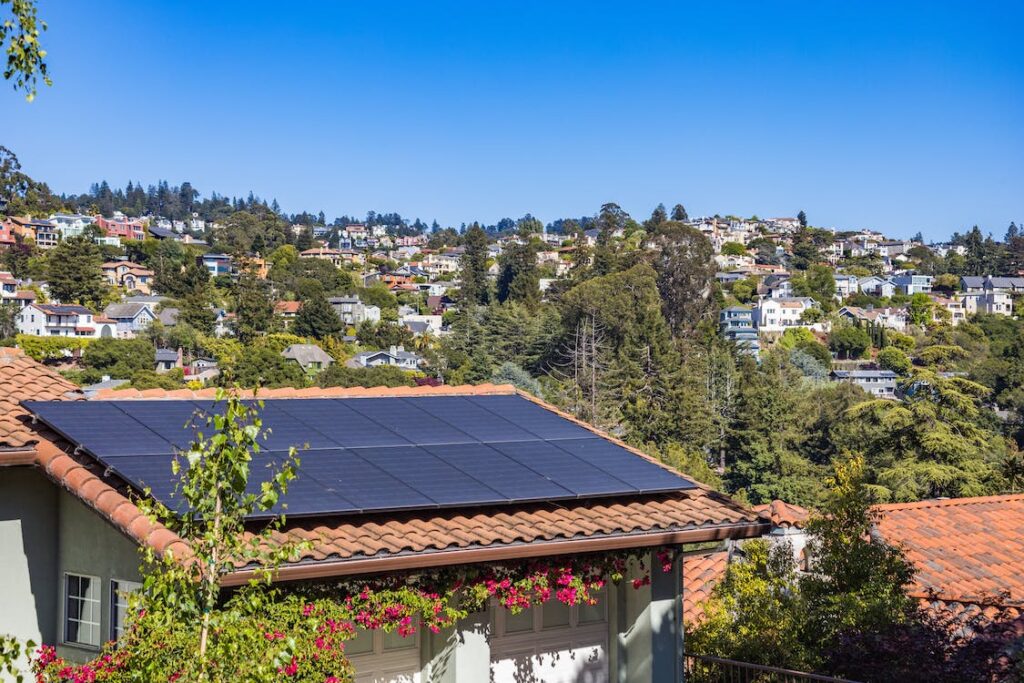Solar Opportunities in Texas: Tax Credits, Incentives, and EV Charger Rebates
Texas, often associated with abundant sunshine and iconic wind turbines, plays a pivotal role in the energy landscape of the United States. However, recent events have underscored vulnerabilities in its energy infrastructure, with severe winter storms and devastating power outages leaving a lasting impact. Additionally, the state faces mounting challenges from increasingly powerful hurricanes, rising sea levels, and soaring temperatures, all of which have adverse effects on air quality, water resources, and public health. To safeguard the environment and mitigate these pressing concerns, Texas must embark on a path toward decarbonization.
The journey to decarbonization involves a multifaceted approach. Transitioning from fossil fuels to renewable energy sources emerges as a critical step, especially with environmental regulations prompting the retirement of older electric generation sources across the state. Texas is poised to ascend as a national leader in solar energy, with experts projecting the addition of over 4 gigawatts (GW) of solar capacity within the next five years. This surge in solar energy will catapult Texas to the forefront, boasting nearly 40,800 megawatts (MW) of installed capacity.
Furthermore, as a state no stranger to power outages, Texas recognizes the importance of resilient energy infrastructure. In recent years, it experienced a significant number of outages, ranking second in the nation, only behind California. The deep freeze of 2021, which left millions without power and claimed lives, served as a harsh wake-up call. Texas has since embarked on initiatives to modernize its infrastructure, addressing the impact of extreme weather events and the vulnerabilities of transmission lines and natural gas distribution.
In tandem with these efforts, the electric vehicle (EV) revolution is gaining momentum in the Lone Star State. By the summer of 2023, Texas had surpassed a significant milestone, with over 200,000 registered EVs. The Dallas-Fort Worth metro area led the charge, with an impressive 36.7% of EV ownership, followed by Houston at 24% and Austin at 20.1%. However, despite the growing popularity of emission-free vehicles, the availability of EV charging stations remains a challenge. While substantial investments are being made to establish a network of charging stations along key Texas highways, many EV owners still rely on home charging due to the limited infrastructure.
In conclusion, Texas stands at a crossroads, facing environmental challenges and energy infrastructure vulnerabilities. Yet, with a commitment to renewable energy, infrastructure resilience, and expanding EV infrastructure, the state has the potential to lead the nation in sustainable and resilient energy practices, ensuring a brighter and cleaner future for generations to come.






